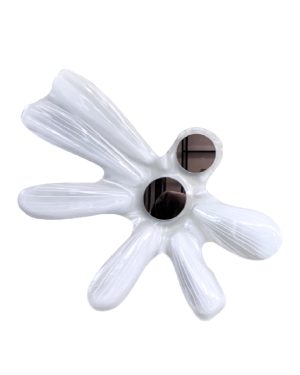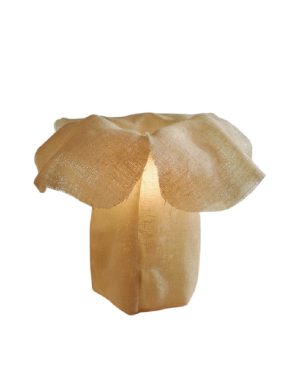Bulgarian design embodies a unique blend of cultural heritage, artisanal craftsmanship, and contemporary innovation. It is distinguished by its intricate patterns, vibrant colors, and the integration of traditional and modern elements.
- Cultural Heritage: Infusing designs with elements from Bulgaria's rich history and traditions.
- Craftsmanship: Highlighting the skills and techniques passed down through generations of artisans.
- Innovation: Combining traditional craftsmanship with modern design practices and technologies.
Contemporary Bulgarian Designers
Bulgaria is home to a vibrant community of designers who are making significant contributions to the global design landscape.
- Georgiev Zabeta: Combines traditional craftsmanship with contemporary design to create bespoke architecture, interior design, and collectible pieces rooted in observation and experimentation.
Commonly Used Materials in Bulgarian Design
The materials used in Bulgarian design reflect the country's natural resources and traditional practices.
- Wood: Widely used in furniture and architectural designs for its durability and aesthetic appeal.
- Textiles: Featuring intricate patterns and vibrant colors, textiles play a significant role in Bulgarian design.
- Ceramics: Celebrated for their artistic and functional qualities, Bulgarian ceramics are a staple in traditional and modern designs.
Defining Characteristics of Bulgarian Design
Bulgarian design is known for its unique blend of tradition and modernity, characterized by the following:
- Intricate Patterns: Detailed and complex designs that reflect the rich cultural heritage.
- Vibrant Colors: Bold and bright colors that bring life and energy to the designs.
- Fusion of Old and New: Combining traditional techniques with contemporary aesthetics to create timeless pieces.
Influences on Bulgarian Design
The evolution of Bulgarian design is influenced by its cultural history, natural environment, and social values.
- Folklore and Traditions: Drawing inspiration from Bulgarian folklore, traditional crafts, and historical motifs.
- Natural Beauty: Incorporating elements from the country's diverse landscapes and natural resources.
- Social Values: Reflecting a commitment to sustainability, community, and cultural preservation.

 In stock
In stock


 In stock
In stock
 Sold
Sold






 Sold
Sold
 Sold
Sold
 Sold
Sold
 Sold
Sold
 Sold
Sold
 Sold
Sold
 Sold
Sold
 Sold
Sold




 In stock
In stock
 In stock
In stock
 In stock
In stock






